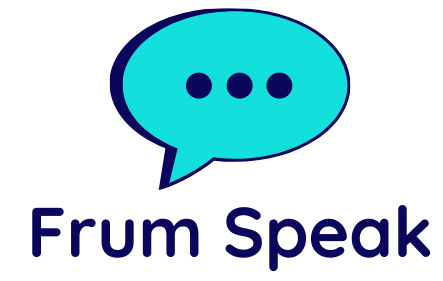Rav Walter Sefarim: 20% off with Code “RABBIWALTER” on Feldheim.com: https://bit.ly/RWalterSefarim The Power of a Niggun and the Danger in Tampering with our Tunes There is a frightening story recounted by the Maharil which is cited l’halachah by the Rama; “one should not veer from the custom of the city, even in regard to the tunes (niggunim) or liturgy (piyut) that are recited there.” The Maharil relates that he served as the Shaliach Tzibbur for the Yamim Noraim in the town of Regensburg and used the tunes of the town of Austreich which was the custom of Regensburg. Additionally, the people of Regensburg chanted the tune of the Haftarah with the same tune as the town of Rynus. The Maharil was troubled that the shul in Regensburg was chanting the Haftarah with the tune that was used in the town of Rynus. The Maharil subsequently lead the congregation in Mussaf and decided to include a piyut authored by Rabbeinu Ephraim to honor Rabbeinu Ephraim who was buried in Regensburg. The leaders of the congregation told the Maharil that their custom is not to recite the piyut of Rabbeinu Ephraim. The Maharil refused to listen based upon the fact that Rabbeinu Ephrayim was buried in Regensburg. Sometime later, the daughter of the Maharil died on Yom Kippur. The Maharil commented that her death occurred because of his changing the custom of the city. Changing and or replacing customary shul tunes and liturgy are not a matter that should be taken lightly. Changing the classic and universal tunes of the Yamim Noraim like those chanted to Kaddish, Borechu, HaMelech, Kol Nidrei, and L’Dovid Mizmor may very well run counter to the ruling of the Maharil and Rama While the Maharil recognized the severity of changing an accustomed tune, he does not cite a source or suggest a reason why a tune cannot be changed. What is so important about a niggun that it should be changed within the context of tefillah? Can new tunes be introduced to davening? Can nigunim be changed if the congregation so desires? This as well as many other questions relating to tunes, piyyut, tefillah and minhag will be addressed in The Making of a Minhag. Kol Nidrei- Unlocking the Mystery behind Kol Nidrei’s Connection to Yom Kippur The resounding tune of the Chazzan and congregation chanting Kol Nidrei is the telltale sign of the arrival of the holy day of Yom Kippur. While we have become accustomed to Kol Nidrei serving as the opening tefillah of Yom Kippur, a careful reading of this stanza begs the question as to why Kol Nidrei, a plea to annul vows, is the choice paragraph to open the holiest of all days? What is the origin and basis for the recitation of Kol Nidrei, and when was it composed? This chapter will address the emergence of the recitation of Kol Nidrei on Yom Kippur evening, the reason for its recitation, and the strong opposition which was raised to counter and prohibit its recitation. The text of Kol Nidrei and its recitation on Yom Kippur is not mentioned in the Mishnah, Gemara, or any Taanatic or Amoraic source. The first appearance of Kol Nidrei can be traced to the period of the gaonim, while some have attributed it dating back even earlier, to […]
08
Oct
Category:


Recent comments